Must-See Archaeological Wonders in Turkey
Turkey, with its location connecting three continents and thousands of years of history, is one of the countries with the richest archaeological heritage in the world. Filled with ancient cities, temples, underground cities and magnificent tumuli, these lands have harboured the traces of countless civilisations throughout history. From Göbekli Tepe to the ancient city of Ephesus, from Hattusa to Mount Nemrut, the archaeological wonders to be seen in Turkey are of great academic and touristic interest. Here is a detailed guide to the archaeological wonders you must see in Turkey.
Göbekli Tepe – The Zero Point of Civilisation
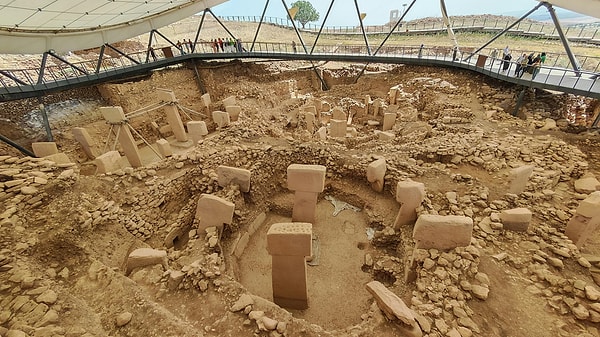
Göbekli Tepe is located 15 km northeast of the city centre of Şanlıurfa, near the village of Örencik. Dating back to 9600 BC, this temple complex is currently considered the oldest monumental structure known to man. It is thousands of years older than Stonehenge and the Egyptian pyramids.
Göbekli Tepe consists of circular structures surrounded by T-shaped giant stone pillars. These pillars feature reliefs of animals such as snakes, vultures, and foxes, which carry symbolic meanings. Some researchers argue that these symbols represent celestial bodies. Göbekli Tepe is at the centre of approaches that suggest religion may have emerged before agriculture.
Today, the site is organised for visitors with a modern visitor centre, walking paths, information boards, and interactive exhibitions. Additionally, the Şanlıurfa Archaeology Museum offers an impressive experience by displaying most of the artefacts found here.
After visiting Göbekli Tepe, you can also explore similar structures in the surrounding area, such as Karahantepe, traditional mud-brick houses in Harran, Balıklıgöl, and the Cave of Abraham, which are of religious and historical importance.
Hattusa – The Legendary Capital of the Hittites
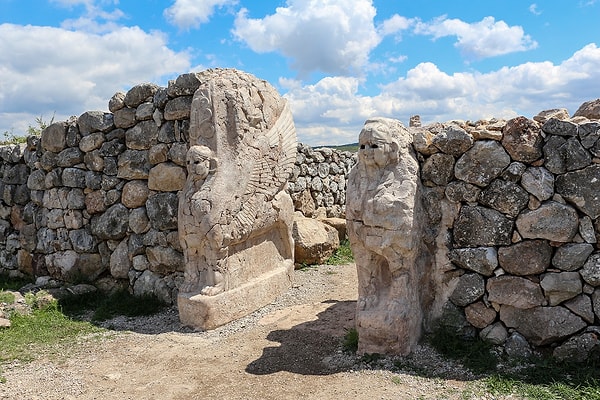
Located in the Boğazkale district of Çorum, Hattusa was the capital of the Hittite Empire in the 17th century BC. The ancient city is notable for its Lion Gate, King's Gate, Earth Gate, Great Temple, and wall system. The city plan reflects an advanced understanding of engineering.
Hattusa was the religious, political and military centre of the Hittites. Reliefs of Hittite gods can be seen in the open-air temple called Yazılıkaya. This sacred area represents seasonal cycles and the hierarchy among the gods.
The site is well preserved for visitors, with walking paths, explanatory panels and vehicle roads to facilitate access. The Boğazkale Museum displays cuneiform tablets and other objects unearthed during excavations. The museum in the centre of Çorum also supports this historical richness.
If you happen to visit Hattusa, don't leave without visiting Alacahöyük. Here, Bronze Age royal tombs, bronze objects and animal-shaped offering vessels are worth seeing.
Cappadocia's Underground Cities – Derinkuyu and Kaymaklı
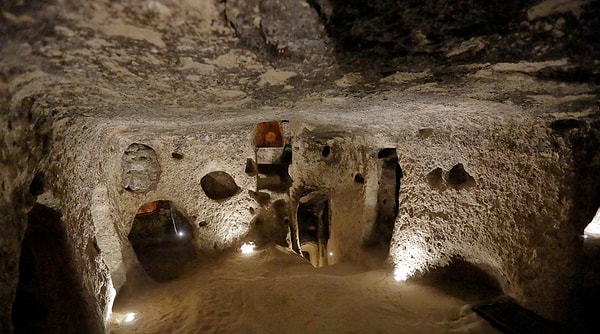
Another mysterious aspect of Cappadocia, as mysterious as the fairy chimneys that come to mind when one thinks of Cappadocia, is its underground cities. The most well-known of these are Derinkuyu and Kaymaklı. Derinkuyu reaches a depth of approximately 85 metres and was built to accommodate 20,000 people with its 8-storey structure. It has tunnels, air shafts, water wells, church areas, and wine production sections.
These cities were used for defence against Arab raids during the Byzantine period. However, it is estimated that their first use dates back to the Hittite period. The underground cities were built as a kind of living space for religious communities and the people to take refuge during times of war.
Kaymaklı is not as deep as Derinkuyu, but it is notable for its width. Its stables, silos and communal living areas are particularly impressive from an architectural point of view.
You can easily reach these underground cities from Nevşehir city centre by tour or private vehicle. After your visit, you can take a nature walk in Ihlara Valley, visit the Göreme Open Air Museum, or watch the sunrise from a hot air balloon.
Mount Nemrut – At the Same Height as the Gods
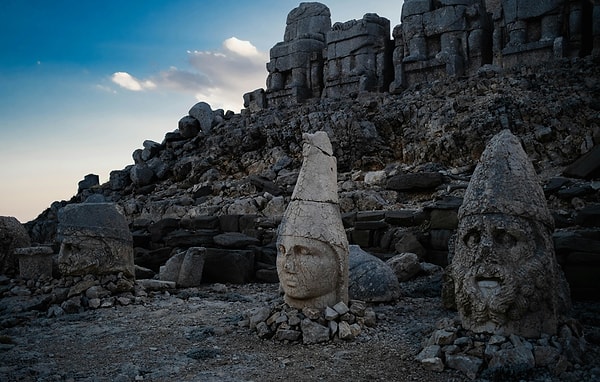
Mount Nemrut is located in the Kahta district of Adıyaman, at an altitude of 2,150 metres. Built in the 1st century BC by King Antiochos Theos I of Commagene, this tumulus tomb is famous for its giant statues of gods.
The statues on the east and west terraces represent Greco-Persian gods such as Zeus, Apollo, and Heracles. Over time, the heads of the statues have separated from their bodies and are now displayed lying on the ground. In the centre of the structure is a tumulus consisting of a massive pile of stones, believed to be the king's tomb.
Being on this ancient platform at sunrise and sunset is an unforgettable experience for many travellers. It is one of the most impressive locations for photographers during the golden hour.
Transportation to the summit can be arranged via special tours, minibuses or car rentals from Kahta. The roads to the area are open during the summer months but may be closed in winter due to snow.
Ephesus Ancient City – The Shining Star of the Ancient World

Located in the Selçuk district of Izmir, Ephesus was one of the most important cities in Asia Minor during the Roman period. The Temple of Artemis is considered one of the Seven Wonders of the Ancient World. Structures such as the Library of Celsus, the 25,000-seat Great Theatre, the Temple of Hadrian, marble streets and the agora are still standing.
Ephesus is also important in terms of Christian history. The House of the Virgin Mary is located in this area. It is believed that St. John died here, and there is also a large basilica built in his name.
It is ideal to visit Ephesus, which receives a lot of visitors in the summer months, early in the morning to avoid both heat and crowds. It is possible to explore all the structures in the ancient city with a walk of about 3 hours. Ephesus Museum and Selçuk Castle should be the other stops of your trip.
Aphrodisias - The Capital of Sculpture
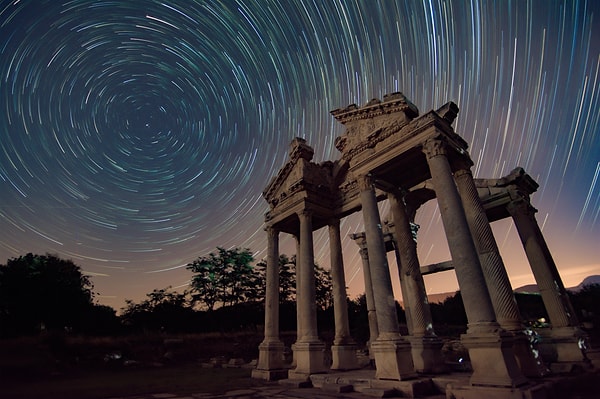
Aphrodisias near Karacasu in Aydın province is one of the most important sculpture centres of the Roman period. The name of the city comes from Aphrodite, the goddess of love. Aphrodisias attracts attention with its marble workmanship revealed by excavations. Agora, theatre, stadium, stadium, Aphrodite Temple and Sebasteion structures are still visible today.
The sculptures unearthed in the ancient city are exhibited in the Aphrodisias Museum located right next to it. This museum is considered one of the most qualified archaeological museums in Turkey. The city was included in the UNESCO World Heritage List in 2017.
The nearest major centre for transportation to Aphrodisias is Denizli or Aydın. It is possible to reach by private car or organised tours. In the spring months, the region is an ideal visit point in terms of both climate and scenery.
Keşfet ile ziyaret ettiğin tüm kategorileri tek akışta gör!

Send Comment